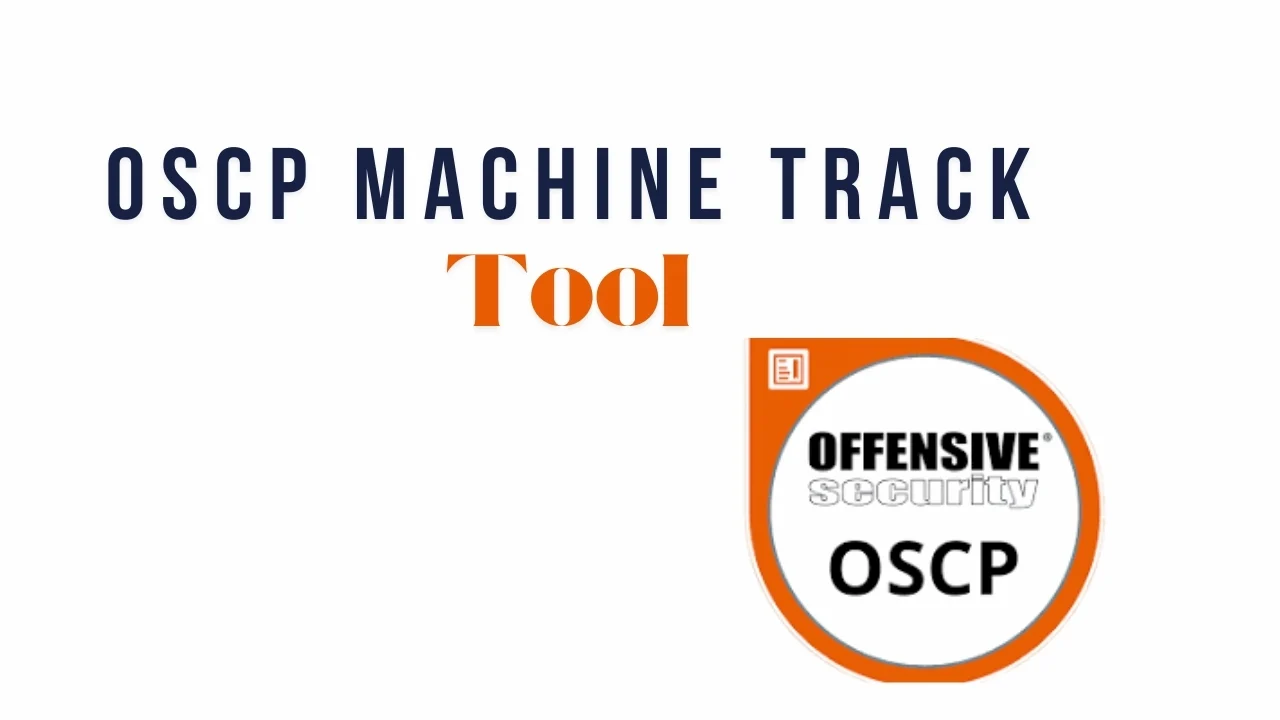
Why You Need to Build Your Cybersecurity Portfolio Website in 2025
- Your Friendly Hacker
- May 2, 2025
- 10:24 am
- No Comments
- 4 Min Read
Table of Contents
Introduction
In 2025, the cybersecurity industry continues to surge with opportunities. Roles like ethical hacker, SOC analyst, incident responder, and vulnerability researcher are in high demand. But with the rise of online certifications, bootcamps, and self-taught professionals, standing out from the crowd has become increasingly challenging.
To gain a competitive edge, you need more than just a resume or LinkedIn profile. You need a Cybersecurity Portfolio Website—your personal platform to showcase skills, projects, certifications, and thought leadership. In this blog, we’ll cover why it’s essential, what to include, how to build it, and how to turn it into a powerful career and networking tool.
The Problem: Standing Out in a Competitive Field
Cybersecurity is booming, but so is competition. Recruiters and hiring managers receive hundreds of applications for each position. With so many applicants listing similar certifications and tools, how do you rise above the noise?
Recruiters Want More Than Paper Credentials
Traditional resumes are limited. They rarely communicate the depth of your technical expertise or problem-solving ability. Recruiters now research candidates online before interviews. Without a digital presence, you’re invisible.
A Cybersecurity Portfolio Website helps bridge this gap. It demonstrates your initiative, practical skills, and personal brand—traits that make you more memorable to employers.
Generic Profiles Get Overlooked
Everyone can say they “know Python” or “used Burp Suite.” But showcasing a project where you used Python to automate reconnaissance or Burp Suite to find an XSS vulnerability shows tangible proof of your skill.
In a field defined by practical ability, a portfolio website is your opportunity to prove it.
Why a Cybersecurity Portfolio Website Matters
Your Cybersecurity Portfolio Website is your digital headquarters. It tells your story, demonstrates your knowledge, and offers a single place where people can explore your professional world.
Showcasing Projects and Certifications
Whether you’re sharing Hack The Box writeups, malware analysis reports, or OSCP walkthroughs, your website is the ideal platform to display them. You can:
Break down your approach to solving CTF challenges
Share tools you’ve created or modified
Showcase certification badges like OSCP, CEH, PNPT with verification links
Demonstrating Communication Skills
Cybersecurity isn’t just technical—it’s also about communication. Employers want candidates who can clearly articulate risks and solutions. Writing blog posts, walkthroughs, or tutorials on your portfolio site shows that you understand and can explain complex topics.
Gaining SEO Visibility
Publishing blog posts helps search engines index your website. With proper SEO, you can attract:
Recruiters searching for “OSCP walkthrough”
Beginners looking for tutorials (and subscribing to your newsletter)
Companies interested in hiring or collaborating with infosec professionals
Building a Personal Brand
A portfolio site lets you design your brand identity. Whether it’s your logo, color scheme, or custom domain name, everything reflects who you are. You become more than just another LinkedIn profile—you become a recognizable entity in the cybersecurity community.
What to Include in a Cybersecurity Portfolio Website
Now that you’re convinced of the value, what should go on your site? Here’s a breakdown:
Home / About Page
A short professional bio
Key areas of focus (e.g., Web App Pentesting, Malware Analysis)
Links to GitHub, LinkedIn, X (Twitter)
A professional headshot or avatar
Skills & Tools
Group your skills under categories:
Offensive Tools: Nmap, Burp Suite, SQLmap
Defensive Tools: Wireshark, Zeek, OSSEC
Languages: Python, Bash, JavaScript
Certifications: OSCP, Security+, eJPT
Platforms: Kali Linux, Windows Server, Parrot OS
Projects & Writeups
Highlight hands-on work:
TryHackMe or Hack The Box walkthroughs
Bug bounty case studies (public or anonymized)
Custom scripts or GitHub tools
Home lab architecture
Reverse engineering samples
For each project, include:
Objective
Tools used
Screenshots
Exploitation process
Lessons learned
Blog Section
Add new content consistently. Blog topics can include:
Step-by-step tutorials
Walkthroughs of known CVEs
Certification study strategies
Cybersecurity news breakdowns
OSINT guides
Each post can attract organic traffic and boost your credibility.
Certifications and Badges
Display:
Digital badges (via Credly)
Certificate PDFs or links
Completion rates from platforms like TryHackMe or Hack The Box
Contact Page + Resume
Resume in downloadable PDF format
Contact form or professional email
Calendly link for consultations or mentorship calls
How to Build Your Cybersecurity Portfolio Website
No-Code / Low-Code Builders
If you’re not a developer, these tools are your best bet:
Wix – Drag and drop builder, easy to use
WordPress.com – Flexible and blog-friendly
Carrd – Best for minimalist, single-page sites

Developer-Friendly (Self-Hosted) Options
Want full control? Use:
GitHub Pages with Jekyll or Hugo themes
Netlify or Vercel for CI/CD deployment
Build with HTML/CSS/JS if you want total customization
Domain & Hosting Recommendations
Namecheap – Affordable domains like
.devor.techHostinger – Reliable hosting with SSL and WordPress
Bluehost – Ideal for first-time WordPress users

Monetizing and Networking Through Your Site
Your Cybersecurity Portfolio Website can do more than land you a job. It can help you build a side income and grow your professional network.
Monetization Ideas
Affiliate Marketing:
Learning platforms
Courses (Udemy , Coursera)
Amazon Affiliate links for books, gadgets, gear
Sell Digital Resources:
Templates (reporting, recon checklists)
Interview guides
eBooks and cheat sheets
Google AdSense:
Monetize blog traffic with contextual ads
Target high CPC keywords like “penetration testing tools” or “cybersecurity certification”
Offer Services:
Resume critiques
One-on-one mentorship
Freelance pentesting gigs
Grow Your Network
Use your site to:
Collect emails via newsletter forms
Offer downloadable resources in exchange for sign-ups
Attract collaboration opportunities (podcasts, blogs, conferences)
Track traffic with Google Analytics or Plausible
Turn Your Cybersecurity Portfolio into a Side Hustle
A Cybersecurity Portfolio Website isn’t just a resume; it’s a business asset. Here’s how you can turn it into passive income:
Build Traffic & Authority
Write SEO-optimized blogs regularly
Share posts on LinkedIn, Reddit, and Twitter
Network with other creators and backlink to each other
Convert Visitors
Use email capture forms to grow a newsletter
Promote affiliate products in blogs and resource pages
Sell exclusive downloads, guides, or consulting sessions
Scale Up
Launch a YouTube channel to complement the blog
Create and sell your own cybersecurity course
Add membership features or paid newsletter tiers
Even if you start small, over time your website can become a reliable stream of passive income.
Conclusion: Your Digital Identity is Your New Resume
In 2025, you can’t afford to be invisible. A Cybersecurity Portfolio Website is more than a showcase—it’s a long-term investment in your career. It highlights your hands-on experience, builds credibility, and helps you stay ahead in a competitive job market.
Start simple. Choose a template, write your bio, and post your first writeup.

 Get extra 20% OFF Web Hosting with Hostinger – Click Here
Get extra 20% OFF Web Hosting with Hostinger – Click Here

Frequently Asked Questions (FAQ)
A cybersecurity portfolio website is a personal site that showcases your skills, certifications, projects, write-ups, CTFs, and bug bounty reports — serving as proof of your expertise to employers or clients.
With rising competition in cybersecurity, a personal portfolio helps you stand out, build authority, and attract job offers, freelance work, and recognition within the infosec community.
Include an “About Me” section, skills summary, certifications, tool knowledge, project demos, CTF write-ups, bug bounty findings (within program rules), blog articles, and contact information.
No. You can use beginner-friendly website builders like WordPress, Carrd, or Wix. However, knowing basic HTML/CSS/JavaScript can give you more control over customization.
While GitHub is excellent for sharing code, a personal portfolio website gives you creative freedom and allows you to present projects, articles, and achievements more professionally.
Yes. Recruiters and hiring managers often review portfolios to assess real-world skills. A well-maintained website can boost your chances of interviews and job offers.
Yes. Platforms like GitHub Pages, Netlify, or Firebase offer free hosting. For a professional appearance, consider purchasing a custom domain and using affordable hosting services like Hostinger.
Update your portfolio regularly with new projects, write-ups, skills, certifications, or blog posts. This keeps your content fresh and relevant for visitors and search engines.
Share it with Friends
Follow Me
Your Friendly Hacker
Categories
Use Coupon Code - YFH10
-
Cybersecurity Terminologies – eBook
Rated 5.00 out of 52 reviews₹299.00Original price was: ₹299.00.₹99.00Current price is: ₹99.00. Add to cart -
20 Editable Resume Templates – ATS Friendly
Rated 5.00 out of 52 reviews₹249.00Original price was: ₹249.00.₹99.00Current price is: ₹99.00. Add to cart


Your Friendly Hacker
Lets Secure the World
Join me on my journey to make the internet a safe place again.
Contact Form



















